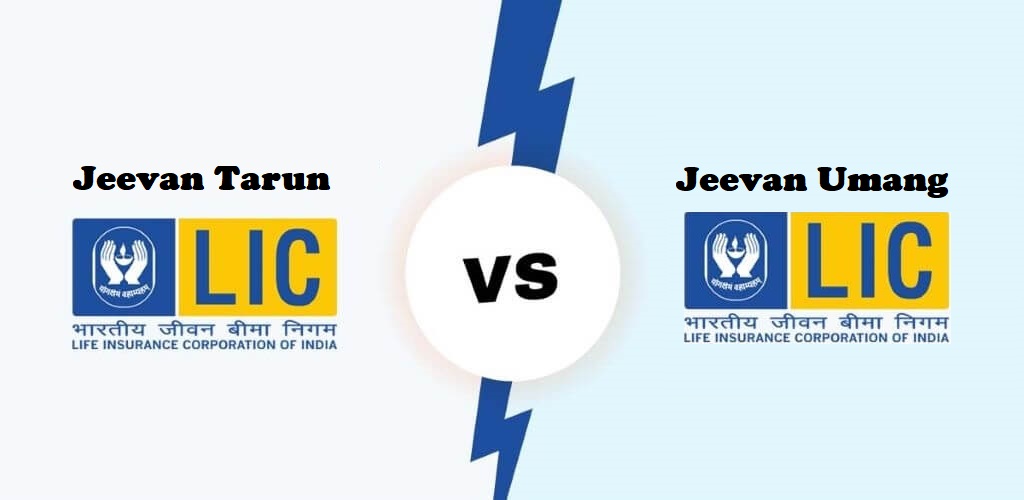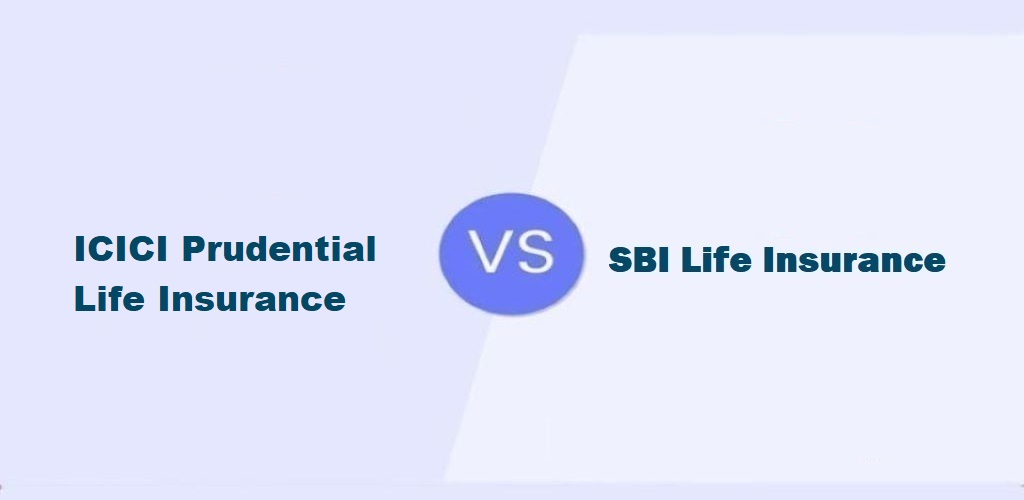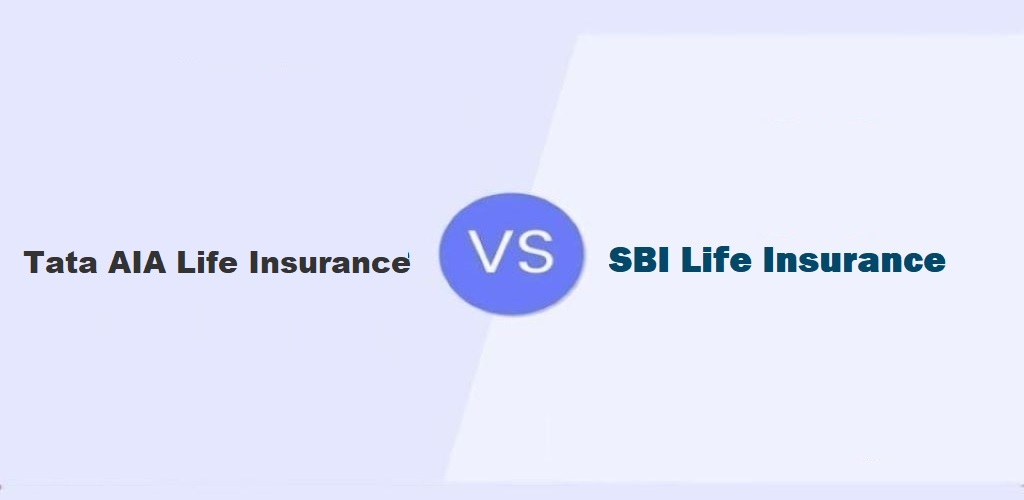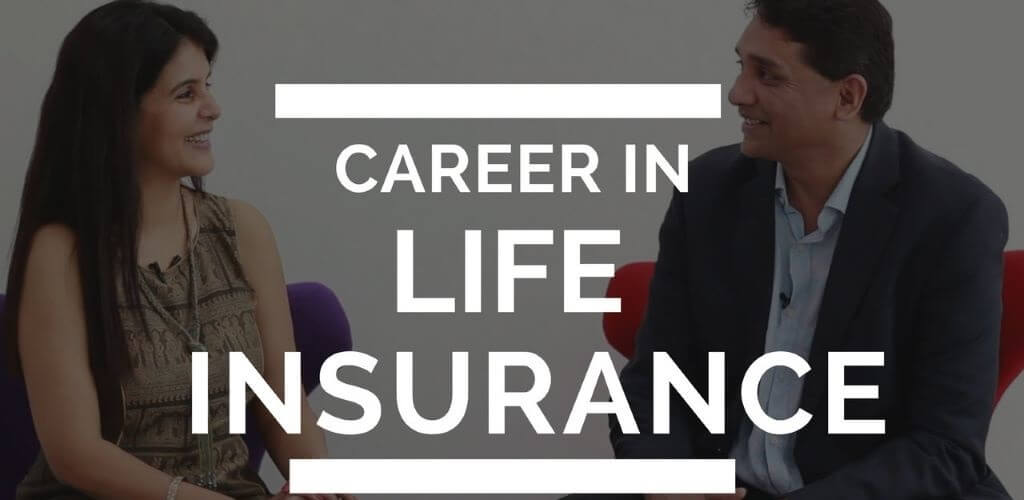The Life Insurance Corporation of India has a wide range of life insurance products launched as per the affordability and requirements of the buyers. Two such important plans are LIC Jeevan Umang and LIC Jeevan Tarun, which are specifically designed to offer a perfect amalgamation of savings and protection to its policyholders.
Though both the plans are whole life assurance savings plans, there are some differences between them that keep them apart from each other. This post will present a detailed comparison between LIC Jeevan Tarun and Jeevan Umang plans so that the readers can pick one that best suits their requirements.
About LIC Jeevan Tarun Policy?
The Jeevan Tarun Plan from LIC is a non-linked, participating, individual, life assurance savings plan for children that provides an appealing blend of protection and savings features. This plan is specifically designed to fulfill the educational and other needs of growing children through annual survival benefit payments from the ages of 20 to 24 and maturity benefit payments at the age of 25. The plan comes in four variants: Option 1, Option 2, Option 3, and Option 4.
What Is LIC Jeevan Umang Policy?
The LIC’s Jeevan Umang plan provides your family with both income and protection. This plan offers annual survival benefits from the end of the premium-paying term until maturity, as well as a lump sum payment at maturity or at the death of the policyholder during the policy term. Furthermore, this plan addresses liquidity requirements through a loan facility.
Eligibility Details Of LIC Jeevan Tarun & LIC Jeevan Umang Policy
| Parameters | LIC Jeevan Tarun | LIC Jeevan Umang |
| Minimum Entry Age | 90 Days (Last Birthday) | 90 Days (Completed) |
| Maximum Entry Age | 12 Years (Last Birthday) | 55 Years (Nearer Birthday) |
| Policy Term | (25 – Age At Entry) Years | (100 – Age At Entry) Years |
| Minimum Sum Assured | Rs. 75,000 | Rs. 2,00,000 |
| Maximum Sum Assured | No Limit | No Limit |
| Age At Maturity | 25 Years | 100 Years |
| Premium Paying Term (PPT) | (20 – Age At Entry) Years | 15, 20, 25, & 30 Years |
Comparison Of Features And Benefits Of LIC Jeevan Tarun Policy And LIC Jeevan Umang Policy
Now that the eligibility criteria of both the plans are clear, let’s discuss the features and benefits of them!
Death Benefit:
Under both the plans, if the life assured dies during the policy term and the policy is still in force, i.e. all due premiums have been paid, the following will occur:
- If the policyholder dies before the date of commencement of risk, all premiums paid up to this point will be refunded to the nominee. This does not contain any taxes or rider premiums that have been paid.
- If the policyholder dies after the date of commencement of risk, the nominee will get ‘Sum Assured on Death’, plus a declared Simple Reversionary Bonus and Final Addition Bonus, if any.
The ‘Sum Assured on Death’ is the highest of the following:
- For Jeevan Tarun: 7 X Annualized Premium OR 125% Of Sum Assured
- For Jeevan Umang: 7 X Annualized Premium OR Basic Sum Assured
This death benefit must be at least 105% of the total premiums paid up to the date of death.
Maturity Benefit:
If the life assured survives the policy term, the “Sum Assured on Maturity” plus any vested Simple Reversionary Bonuses and Final Additional Bonus, if any, will be paid to the nominee. The ‘Sum Assured on Maturity’ for Jeevan Umang plan will be equal to Basic Sum Assured; whereas, for Jeevan Tarun, it will be as follows for various options:
| Maturity Age | Option 1 | Option 2 | Option 3 | Option 4 |
| 25 Years | 100% | 75% | 50% | 25% |
Survival Benefit:
For Jeevan Umang Plan, if the person assured lives to the end of the premium-paying term and all due premiums are paid, a survival benefit equivalent to 8% of the Basic Sum Assured is awarded each year. Whereas, for Jeevan Tarun, on each policy anniversary corresponding with or immediately succeeding the completion of 20 years of age, and thereafter on each of the next four policy anniversaries, a predetermined percentage of Sum Assured shall be payable. These fixed percentages will be determined by the option selected during the proposal stage, and the percentages for the various options are as follows:
| Policy Anniversary Coinciding With/Following Completion Of Ages | Percentage Of Sum Assured To Be Paid As Survival Benefit | |||
| Option 1 | Option 2 | Option 3 | Option 4 | |
| 20 To 24 Years | Nil | 5% Each Year | 10% Each Year | 15% Each Year |
Date Of Commencement Of Risk:
If the life assured’s age at entry is less than 8 years, the risk under both plans will begin either one day before the policy anniversary coinciding with or immediately following the completion of 2 years from the date of policy commencement, or one day before the policy anniversary coinciding with or immediately following the completion of 8 years of age, whichever is earlier. Risk will begin immediately for people aged 8 years or older from the date of policy issuance.
Rider Benefits:
The riders available under both plans are as follows:
Under Jeevan Tarun Policy
- LIC’s Premium Waiver Benefit Rider
Under Jeevan Umang Policy
- LIC’s Accidental Death & Disability Benefit Rider
- LIC’s Accident Benefit Rider
- LIC’s New Term Assurance Rider
- LIC’s New Critical Illness Benefit Rider
- LIC’s Premium Waiver Benefit Rider
Date Of Vesting:
If the policies are issued on the life of a minor, the policies will automatically vest in the life assured on the policy anniversary coinciding with or immediately following the completion of 18 years of age and will be deemed to be a contract between the corporation and the life assured upon such vesting.
Option To Take Death Benefits In Instalments:
Both plans offer an option to receive the death benefit in installments over a set term of 5 or 10 or 15 years rather than a lump sum payment under an active and paid-up policy. This option may be taken by the policyholder while the life assured is under the age of 18 or by the life assured at any time during his or her life for the full or partial payment of death benefits payable under the policy.
Settlement Option For Maturity Benefit:
This feature is present with the LIC Jeevan Tarun plan and not with the LIC Jeevan Umang plan. It allows the policyholder to have the option to receive Maturity Benefits in installments over a set term of 5 or 10 or 15 years rather than a lump sum payment under an in-force and paid-up policy.
Payment Of Premiums:
Under both plans, premiums can be paid on a yearly, half-yearly, quarterly, or monthly basis (through NACH or salary deductions (SSS) only) during the policy’s premium-paying term.
Rebates:
Both plans offer the following higher sum assured rebates:
| Sum Assured (SA) (In Rs.) | Rebate (In Rs.) |
| For LIC Jeevan Tarun | |
| 75,000 To 1,90,000 | Nil |
| 2,00,000 To 4,90,000 | 2 Per Thousand SA |
| 5,00,000 And Above | 3 Per Thousand SA |
| For LIC Jeevan Umang | |
| 2,00,000 To 4,75,000 | Nil |
| 5,00,000 To 9,75,000 | 1.25‰ BSA |
| 10,00,000 To 24,75,000 | 1.75‰ BSA |
| 25,00,000 And Above | 2.00‰ BSA |
Loan Facility:
Loans are available under both plans during the policy term if at least two full years’ premiums have been paid and are subject to the terms and conditions specified by the corporation from time to time.
The maximum loan, expressed as a percentage of the surrender value, shall be as follows:
- For In-Force Policies – Up To 90%
- For Paid-Up Policies – Up To 80%
Suicide Exclusions:
The following events are prohibited by the policies:
- If the life assured commits suicide within the first year of the policy, nominees can only collect 80% of the premiums paid up to the date of death.
- If the life assured commits suicide after a full year from the policy’s resurrection date, the nominees may be entitled to the greater of 80 percent of premiums paid thus far or the policy’s acquired surrender value.
Benefit Illustration Of LIC Jeevan Tarun & LIC Jeevan Umang Plan
Let’s understand the benefits provided by both plans with some examples and scenarios!
LIC Jeevan Tarun Policy:
Let’s say Mr. Singh, a 35-year male wishes to buy the plan for his 5 years old son. The details of the plan are as follows:
| Age Of Life Assured | 5 Years |
| Option Chosen | 4 |
| Policy Term | 20 Years |
| Premium Payment Term | 15 Years |
| Premium Payment Mode | Yearly |
| Sum Assured | Rs. 1,00,000 |
| Premium Amount (Excluding Taxes) | Rs. 6,375 |
The plan will work in the following manner:
| End Of Year | Total Premium Paid Till The End Of The Year (In Rs.) | Guaranteed Benefit | Non-Guaranteed Benefit | Total Maturity Benefit | Total Death Benefit | |||||
| Survival Benefit | Sum Assured On Maturity | Sum Assured On Death | (Simple Reversionary Bonus) | |||||||
| @4% PA | @8% PA | @4% PA | @8% PA | @4% PA | @8% PA | |||||
| 5 | 31,875 | 0 | 0 | 1,25,000 | 2,500 | 16,000 | 0 | 0 | 1,27,500 | 1,41,000 |
| 10 | 63,750 | 0 | 0 | 1,25,000 | 5,000 | 32,000 | 0 | 0 | 1,30,000 | 1,57,000 |
| 15 | 95,625 | 15,000 | 0 | 1,25,000 | 7,500 | 48,000 | 0 | 0 | 1,32,500 | 1,73,500 |
| 16 | 95,625 | 15,000 | 0 | 1,25,000 | 8,000 | 51,200 | 0 | 0 | 1,33,000 | 1,76,700 |
| 17 | 95,625 | 15,000 | 0 | 1,25,000 | 8,500 | 54,400 | 0 | 0 | 1,33,500 | 1,80,400 |
| 18 | 95,625 | 15,000 | 0 | 1,25,000 | 9,000 | 57,600 | 0 | 0 | 1,34,000 | 1,84,100 |
| 19 | 95,625 | 15,000 | 0 | 1,25,000 | 9,500 | 60,800 | 0 | 0 | 1,34,500 | 1,87,800 |
| 20 | 95,625 | 0 | 25,000 | 1,25,000 | 10,000 | 64,000 | 35,000 | 91,500 | 1,35,000 | 1,91,500 |
LIC Jeevan Umang
Suppose Mr. Gupta, a 25 years old male, wishes to purchase the plan. The plan details are as follows:
| Age Of Life Assured | 25 Years |
| Policy Term | 75 Years |
| Premium Payment Term | 30 Years |
| Premium Payment Mode | Yearly |
| Sum Assured | Rs. 5,00,000 |
| Premium (Excluding Taxes) | Rs. 14,758 |
The plan will work for Mr. Gupta in the following manner:
| End Of Year | Total Premium Paid Till The End Of The Year (In Rs.) | Guaranteed Benefits | Non-Guaranteed Benefit | Total Maturity Benefit | Total Death Benefit | |||||
| Survival Benefit | Sum Assured On Death | Sum Assured On Maturity | (Simple Reversionary Bonus) | |||||||
| @4% | @8% | @4% | @8% | @4% | @8% | |||||
| 5 | 73,925 | 0 | 5,00,000 | 0 | 0 | 1,07,500 | 0 | 0 | 5,00,000 | 6,07,500 |
| 10 | 1,47,850 | 0 | 5,00,000 | 0 | 0 | 2,15,000 | 0 | 0 | 5,00,000 | 7,15,000 |
| 15 | 2,21,775 | 0 | 5,00,000 | 0 | 0 | 3,22,500 | 0 | 0 | 5,00,000 | 8,27,500 |
| 20 | 2,95,700 | 0 | 5,00,000 | 0 | 0 | 4,30,000 | 0 | 0 | 5,00,000 | 9,47,500 |
| 25 | 3,69,625 | 0 | 5,00,000 | 0 | 0 | 5,37,500 | 0 | 0 | 5,00,000 | 11,50,000 |
| 30 | 4,43,550 | 40,000 | 5,00,000 | 0 | 0 | 6,45,000 | 0 | 0 | 5,00,000 | 14,20,000 |
| 35 | 4,43,550 | 40,000 | 5,00,000 | 0 | 0 | 6,98,750 | 0 | 0 | 5,00,000 | 17,73,750 |
| 40 | 4,43,550 | 40,000 | 5,00,000 | 0 | 0 | 7,52,500 | 0 | 0 | 5,00,000 | 21,40,000 |
| 45 | 4,43,550 | 40,000 | 5,00,000 | 0 | 0 | 8,06,250 | 0 | 0 | 5,00,000 | 25,58,250 |
| 50 | 4,43,550 | 40,000 | 5,00,000 | 0 | 0 | 8,60,000 | 0 | 0 | 5,00,000 | 30,65,500 |
| 55 | 4,43,550 | 40,000 | 5,00,000 | 0 | 0 | 9,13,750 | 0 | 0 | 5,00,000 | 36,56,250 |
| 60 | 4,43,550 | 40,000 | 5,00,000 | 0 | 0 | 9,67,500 | 0 | 0 | 5,00,000 | 43,12,500 |
| 65 | 4,43,550 | 40,000 | 5,00,000 | 0 | 0 | 10,21,250 | 0 | 0 | 5,00,000 | 50,03,250 |
| 70 | 4,43,550 | 40,000 | 5,00,000 | 0 | 0 | 10,75,000 | 0 | 0 | 5,00,000 | 56,86,000 |
| 75 | 4,43,550 | 0 | 5,00,000 | 5,00,000 | 0 | 11,28,750 | 5,00,000 | 63,08,250 | 5,00,000 | 63,08,250 |
Which One Is Better: LIC Jeevan Tarun OR LIC Jeevan Umang?
Both policies have distinct features and benefits. Jeevan Umang offers lifelong coverage and guaranteed annual benefits, which may be appropriate if you value long-term coverage and consistent income. Jeevan Tarun, on the other hand, provides coverage specifically meant for children.
If you want to invest in your children, you can do so through the LIC’s Jeevan Tarun policy. Parents who want to invest their money while keeping their children’s education and other necessities in mind can choose this policy. However, if you wish to have coverage till the age of 100 and receive dual benefits of income and protection, you can choose the LIC Jeevan Umang plan.
Individual preferences, financial goals, and insurance needs all play a role in deciding between LIC Jeevan Umang and LIC Jeevan Tarun. This comprehensive comparison will undoubtedly assist you in selecting the coverage that best suits your needs. Both Jeevan Tarun and Jeevan Umang LIC plans have advantages and disadvantages and are designed to meet the needs of diverse people.
So, the final decision is yours!








